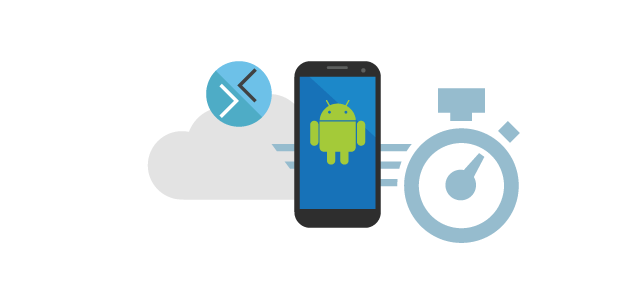
- Amke an android emulator mac how to#
- Amke an android emulator mac android#
- Amke an android emulator mac software#
Amke an android emulator mac android#
(This is necessary only if the Android SDK was installed after installing Quantum Visualizer) Manually Set the Android Environment Variables.Set the Android SDK Home Environment Variable.Configure Quantum Visualizer to build for the Android platform.Download and unzip the Android SDK and setup necessary support packages.To build and view applications on the Android platform, do the following: Required Android SDK Platform API level is 29įor any queries you may have about installing Android SDKs and Android Studio, see Android SDK and Platform FAQs.Required Android SDK Build Tool version is Android 29.0.2.Required Android SDK Platform API level is 28.Required Android SDK Build Tool version is 28.0.3.Required Android SDK Build Tool version is 27.0.3 Required Android SDK Platform API level is 26 Required Android SDK Build Tool version is 26.0.2
Amke an android emulator mac how to#
This section describes how to install and configure these resources. Gradle is an advanced build toolkit that manages dependencies and allows a developer to define custom build logic. This command will start building your app using the installed Gradle compiler shipped with the Android Studio then run the Metro bundler to bundle your app and execute the app on the emulator as shown in the following screenshots.You are here: Configuring Your Computer > Install platform SDKs and their emulators > Android SDK and Emulator Android SDK and Emulatorīuilding and testing Android applications in Quantum Visualizer requires two primary resources: Android SDK and Gradle. Once the integrated terminal is opened, you can start writing the "react-native run-android" command. You can run commands in any external terminal but for the purpose of this post, we are going to use the integrated terminal. Then, click View > Integrated Terminal to be able to run commands in the integrated terminal inside Visual Studio Code. To do so, open Visual Studio Code (or your preferred code editor) then click "Open Folder" and open the root directory of your React Native app (not the Android directory). The last and final step is to run your React Native app in the opened Android emulator. Step 3: Run your React Native app with "react-native run-android" command If you have successfully opened your Android device emulator as shown in the screenshot above then it's time to move to the next step.

To do so, open Android Studio, then click "Open an existing Android Studio Project" as shown in the screenshot below:
:max_bytes(150000):strip_icc()/001_top-android-emulators-3426914-fdc98af221d74634b5926b346a48b6f5.jpg)
The first step is building the app on Android Studio. Step 1: Build the react native app on Android Studio
Amke an android emulator mac software#
Once you have all the above software and tools installed and ready, please follow the following steps in the same order. You have Visual Studio Code editor installed (or any other code editor).You have any Android emulator installed and running on your machine through Android Studio AVD Manager.If not, then you can download and install it here. You have Android Studio installed on your mac.You have a good understanding to mobile development and react native.Before you continue reading this post please make sure that: This post will explain how to run the "react-native run-android" command on mac in a very few easy steps. Step 3: Run your React Native app with "react-native run-android" command.Step 2: Make your Android emulator ready.Step 1: Build the react native app on Android Studio.

You can go directly to each step using the following links: In this post, we'll go through the easiest steps to run the React Native Android apps on mac.


 0 kommentar(er)
0 kommentar(er)
